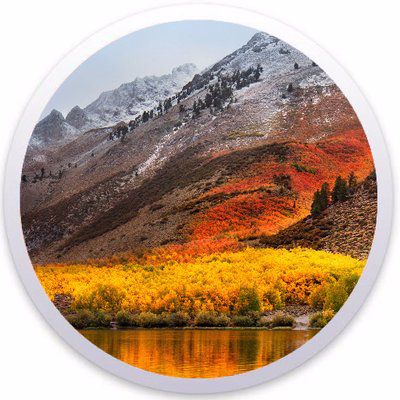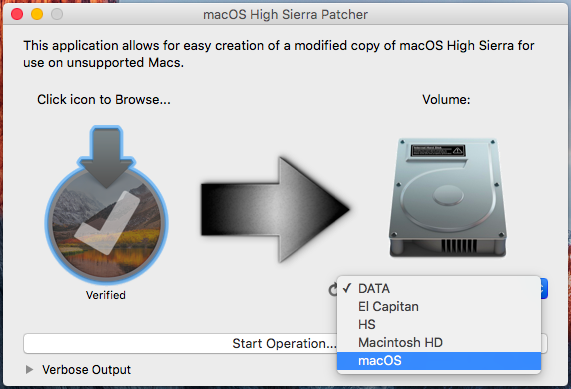

Sudo /Applications/Install\ macOS\ Monterey.app/Contents/Resources/createinstallmedia -volume /Volumes/ MyVolume If it has a different name, replace MyVolume in these commands with the name of your volume. These assume that the installer is in your Applications folder, and MyVolume is the name of the USB flash drive or other volume you're using. Type or paste one of the following commands in Terminal.Open Terminal, which is in the Utilities folder of your Applications folder.Connect the USB flash drive or other volume that you're using for the bootable installer.You will create the bootable installer from this app, not from the disk image or. It installs an app named Install OS X El Capitan into your Applications folder. Inside the disk image is an installer named InstallMacOSX.pkg.
 Download using Safari, and open the disk image on a Mac that is compatible with OS X El Capitan. The installer for OS X El Capitan downloads to your Downloads folder as a disk image named InstallMacOSX.dmg. Enterprise administrators: Download from Apple, not a locally hosted software-update server. Download on a Mac that is using macOS Sierra 10.12.5 or later, or OS X El Capitan 10.11.6. Download on a Mac that is compatible with that version of macOS. If the installer opens after downloading, quit it without continuing installation.
Download using Safari, and open the disk image on a Mac that is compatible with OS X El Capitan. The installer for OS X El Capitan downloads to your Downloads folder as a disk image named InstallMacOSX.dmg. Enterprise administrators: Download from Apple, not a locally hosted software-update server. Download on a Mac that is using macOS Sierra 10.12.5 or later, or OS X El Capitan 10.11.6. Download on a Mac that is compatible with that version of macOS. If the installer opens after downloading, quit it without continuing installation. 
You can now quit Terminal and eject the volume.The installer for macOS Monterey, macOS Big Sur, macOS Catalina, macOS Mojave, or macOS High Sierra downloads to your Applications folder as an app named Install macOS.
When Terminal says that it's done, the volume will have the same name as the installer you downloaded, such as Install macOS Catalina. Terminal shows the progress as the bootable installer is created. When prompted, type Y to confirm that you want to erase the volume, then press Return. Terminal doesn't show any characters as you type your password. When prompted, type your administrator password and press Return again. If it has a different name, replace MyVolume in these commands with the name of your volume. These assume that the installer is still in your Applications folder, and MyVolume is the name of the USB flash drive or other volume you're using. Make sure that it has at least 12GB of available storage and is formatted as Mac OS Extended. Use the 'createinstallmedia' command in Terminal It installs an app named Install OS X El Capitan into your Applications folder. 
On a Mac that is compatible with El Capitan, open the disk image and run the installer within, named InstallMacOSX.pkg.








 0 kommentar(er)
0 kommentar(er)
